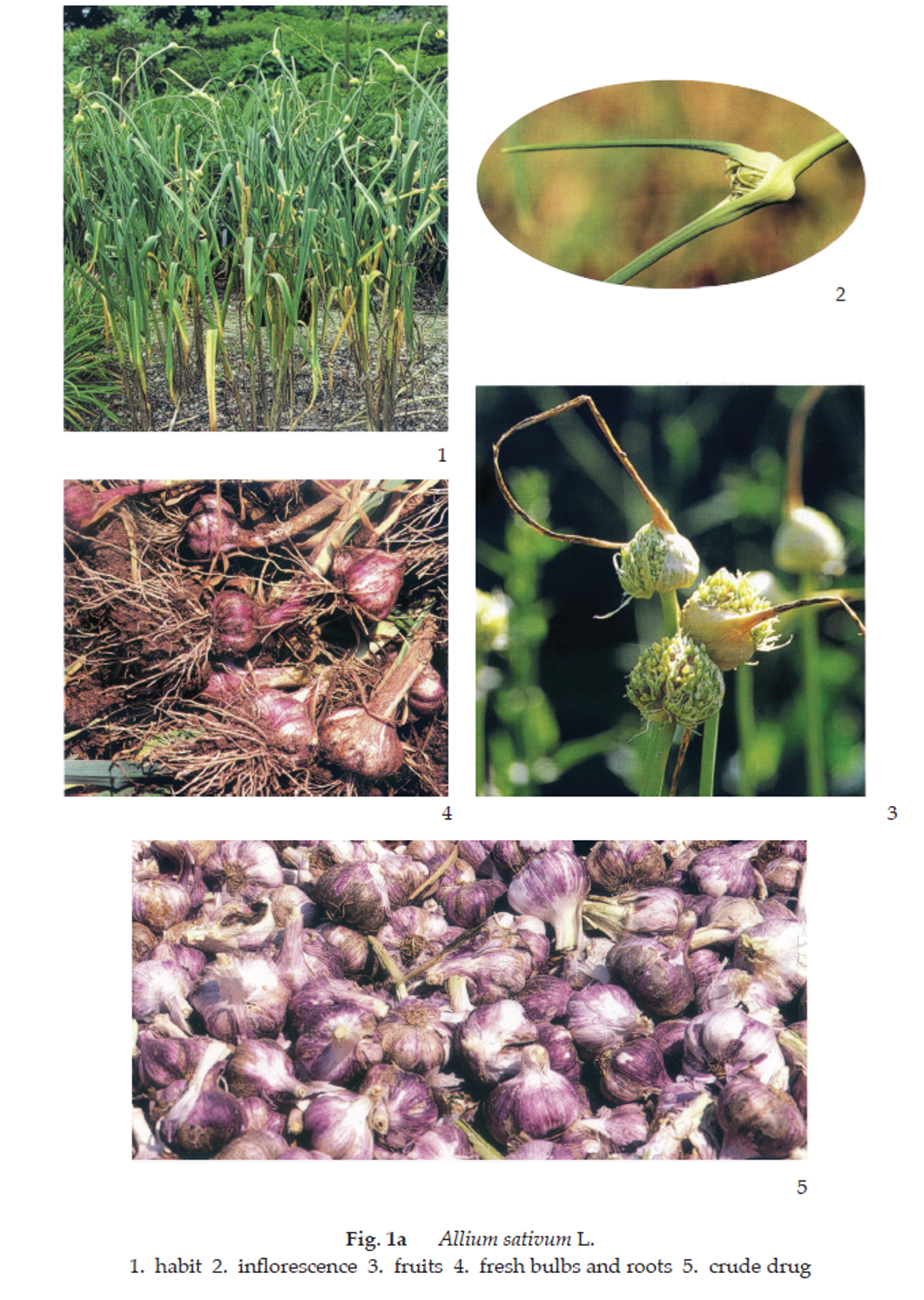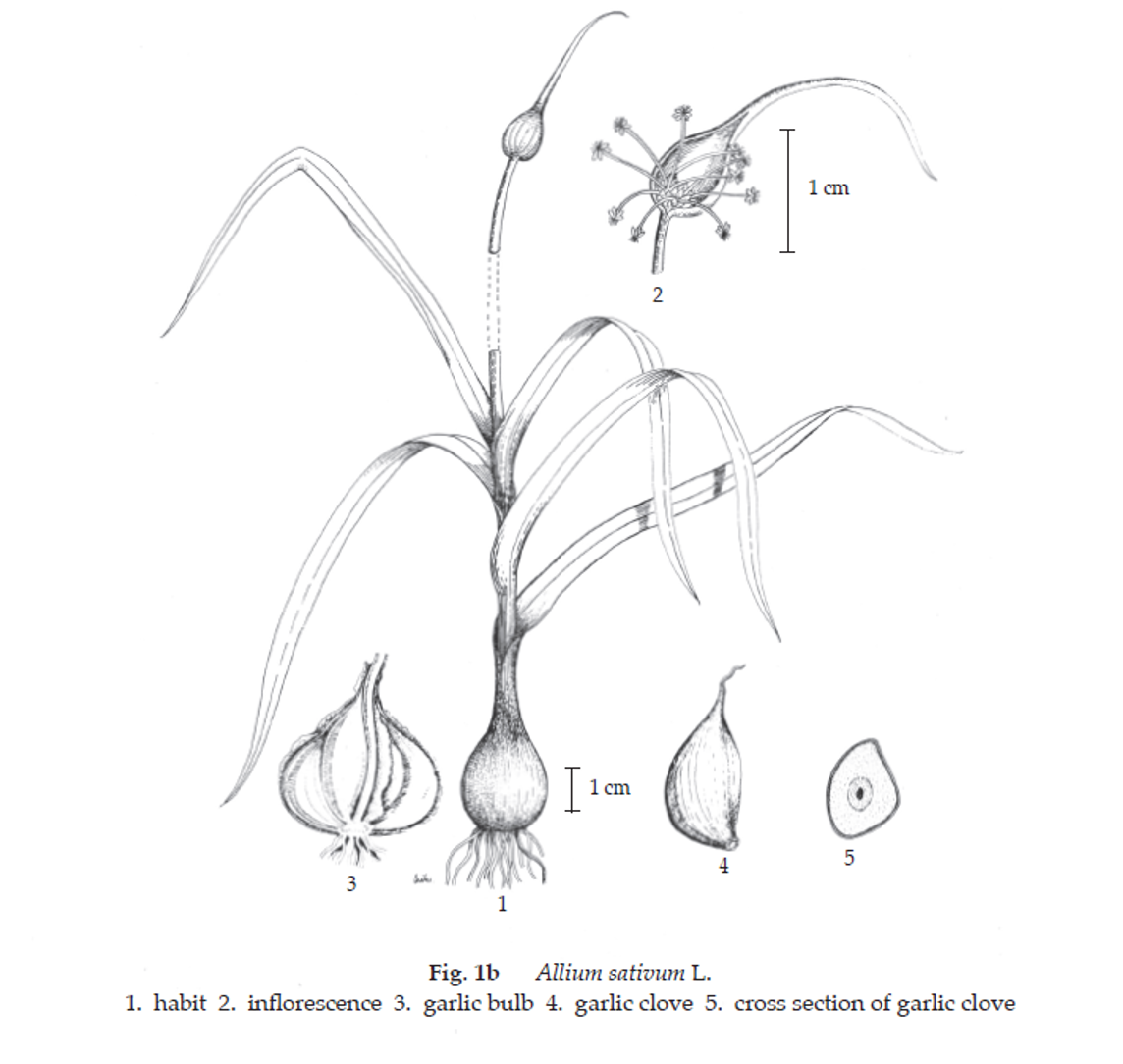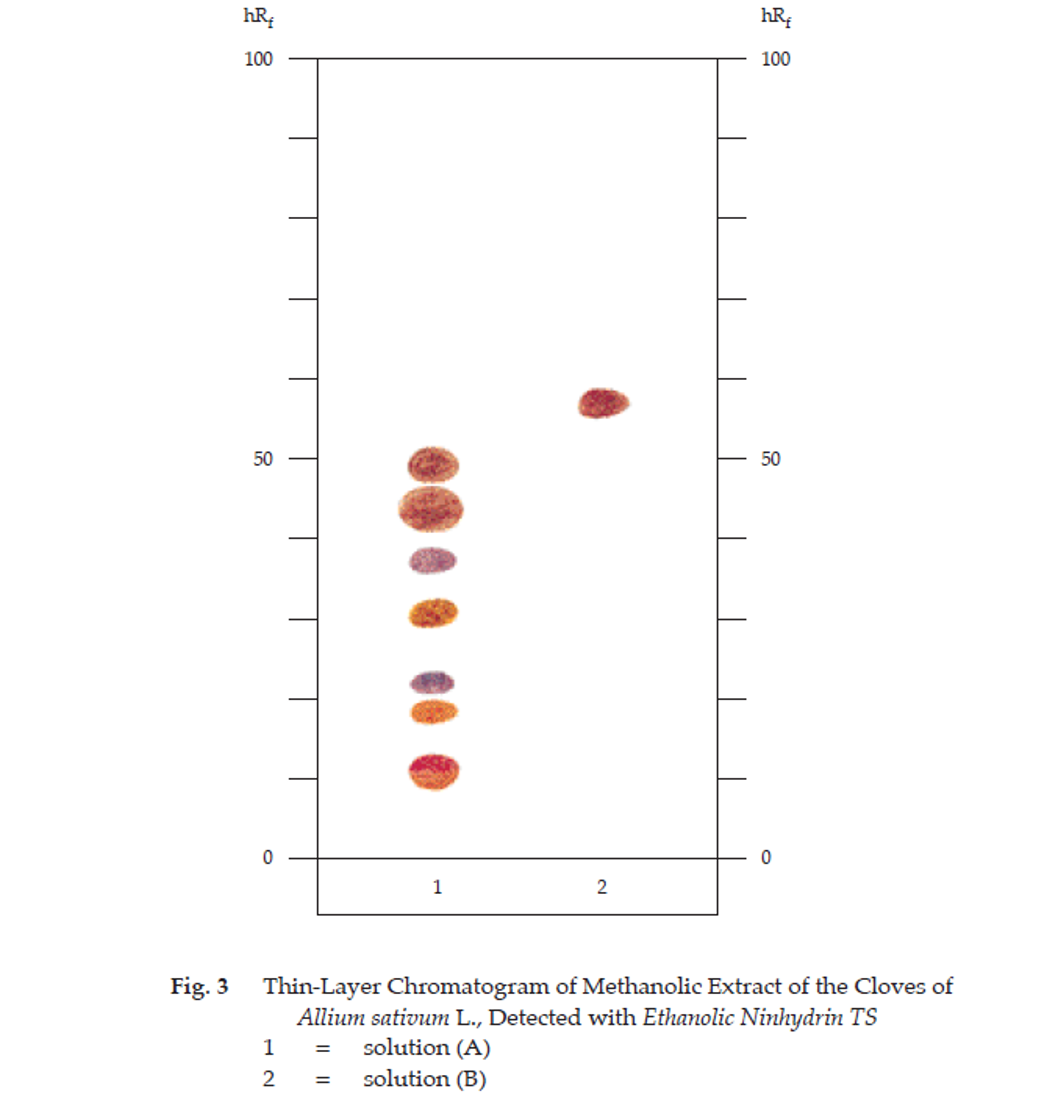ตำรามาตรฐานยาสมุนไพรไทย
Thai Herbal Pharmacopoeia
สำนักยาและวัตถุเสพติด กรมวิทยาศาสตร์การแพทย์ กระทรวงสาธารณสุข
Bureau of Drug and Narcotic, Department of Medical Sciences, Ministry of Public Health(Tinospora crispa (L.) Hook.f. & Thomson)
(Nelumbo nucifera Gaertn.)
(Centella asiatica (L.) Urb.)
(Centella Dry Extract)
(Centella Cream)
(Mesua ferrea L.)
(Piper sarmentosum Roxb.)
(Piper sarmentosum Roxb.)
(Pterocarpus santalinus L. f.)
(Santalum album L.)
(Senna tora (L.) Roxb.)
(Senna alata (L.) Roxb.)
(Senna Alata Tea)
(Piper retrofractum Vahl)
(Myristica fragrans Houtt)
(Andrographis paniculata (Burm. f.) Nees)
(Andrographis Capsules)
(Allium ascalonicum L.)
(Ocimum tenuiflorum L.)
(Curcuma longa L.)
(Turmeric Capsules)
(Turmeric Dry Extract)
(Turmeric Dry Extract Capsules)
(Arcangelisia flava (L.) Merr.)
(Curcuma sp.)
Harrisonia perforata (Blanco) Merr.
(Aristolochia pierrei Lecomte)
(Zingiber officinale Roscoe)
(Ginger Capsules)
(Ginger Tea)
(Cassia fistula L.)
(Nardostachys jatamansi (D. Don) DC.)
(Angelica sinensis (Oliv.) Diels)
Artemisia annua L.
(Ligusticum sinense Oliv. cv. Chuanxiong)
(Neopicrorhiza scrophulariiflora Pennell)
(Atractylodes lancea (Thunb.) DC.)
(Aucklandia lappa Decne)
(Terminalia chebula Retz.)
(Angelica dahurica (Hoffm.) Benth. & Hook. f. ex Franch. & Sav. var. dahurica)
(Kaempferia parviflora Wall. ex Baker)
(Hibiscus sabdariffa L.)
(Roselle Tea)
(Allium sativum L.)
(Zingiber zerumbet (L.) Sm.)
(Wurfbainia testacea (Ridl.) Škorničk.& A. D. Poulsen)
(Cannabis sativa L.)
(Myristica fragrans Houtt)
(Dracaena cochinchinensis (Lour.) S. C. Chen)
(Ficus racemosa L.)
(Hyptis suaveolens (L.) Poit.)
Clerodendrum indicum (L.) Kuntze
(Phyllanthus emblica L.)
(Citrus hystrix DC.)
(Citrus hystrix DC.)
(Areca catechu L.)
(Momordica charantia L.)
Moringa oleifera Lam.
(Aegle marmelos (L.) Corrêa)
(Solanum trilobatum L.)
(Morus alba L.)
Gynostemma pentaphyllum(Thunb.)
Makino
(Clinacanthus nutans (Burm. f.) Lindau)
(Cissus quadrangularis L.)
(Mimusops elengi L.)
(Zingiber montanum (J. König) Link. ex A. Dietr.)
(Piper betle L.)
(Capsicum annuum L.)
(Capsicum Oleoresin)
(Capsicum Gel)
(Piper nigrum L.)
(Piper nigrum L.)
(Eurycoma longifolia Jack)
(Thunbergia laurifolia Lindl.)
(Piper wallichii (Miq.) Hand.-Mazz.)
Senna garrettiana (Craib) H. S. Irwin & Barneby
(Terminalia bellirica (Gaertn.) Roxb.)
(Terminalia chebula Retz.)
(Caesalpinia bonduc (L.) H. Roxb.)
(Tarlmounia elliptica (DC.) H. Rob., S. C. Keeley, Skvaria & R. Chan)
(Hog Creeper Vine Dry Extract Capsiles)
(Hog Creeper Vine Dry Extract)
(Brachypterum scandens (Roxb.) Miq.)
(Lepidium sativum L.)
(Nigella sativa L.)
(Cuminum cyminum L.)
(Foeniculum vulgare Mill.)
(Plantago ovata Forssk.)
(Pimpinella anisum L.)
(Carum carvi L.)
(Anethum graveolens L.)
(Trachyspermum ammi (L.) Sprague)
Albizia procera (Roxb.) Benth.
(Acorus calamus L.)
(Tiliacora triandra (Colebr.) Diels)
Cyanthillium cinereum (L.) H. Rob.
(Orthosiphon aristatus (Blume) Miq.)
Murdannia loriformis (Hassk.) R. S. Rao & Kammathy
(Capparis micracantha DC.)
(Chrysopogon zizanioides (L.) Roberty)
(Cyperus rotundus L.)
(Cannabis sativa L.)
(Syzygium aromaticum (L.) Merr. & L. M. Perry)
(Boesenbergia rotunda (L.) Mansf.)
(Acanthus ebracteatus Vahl)
(Acanthus ilicifolius L.)
(Kaempferia galanga L.)
(Curcuma comosa Roxb.)
Betula alnoides Buch.-Ham. ex D. Don
Cannabis sativa L.
Carthamus tinctorius L
Mitragyna speciosa (Korth.) Havil
Mallotus repandus (Rottler) Müll. Arg
Azadirachta indica A. Juss. var. siamensis Valeton
Azadirachta indica A. Juss. var. siamensis Valeton
Punica granatum L.
Rhinacanthus nasutus (L.) Kurz
Baliospermum solanifolium (Burm.) Suresh
Curcuma aeruginosa Roxb
Boesenbergia kingii Mood & L. M. Prince
Senegalia rugata (Lam.) Britton & Rose
Acacia concinna (Willd.) DC.
Senegalia rugata (Lam.) Britton & Rose
Acacia concinna (Willd.) DC.
Senna alexandriana Mill. var. alexandriana
Cassia acutifolia Delile, Cassia angustifolia Vahl
Butea superba Roxb. ex Willd.
[Plaso superba (Roxb. ex Willd.) Kuntze, Rudolphia superba (Roxb. ex Willd.) Poir.
Pueraria candollei Graham
ex Benth. var. mirifica (Airy Shaw & Suvat.) Niyomdham
Streblus asper Lour.
Suregada multiflora (A. Juss.) Baill. (Gelonium
multiflorum A. Juss.
Garlic is the fresh compound bulb of Allium sativum L. (Family Amaryllidaceae), Herbarium Specimen Number: DMSC 901.
Constituents Garlic contains 0.1 to 0.3 per cent of volatile oil containing allyl disulfide and diallyl disulfide, other organic sulfur compounds including alliin and allicin. It also contains alliinase, mucilage, albumin, vitamins, thioglycosides, etc.
Description of the plant (Figs. 1a, 1b) Herb 30 to 60 cm tall; subterraneous bulb broadly ovoid, 1 to 4 cm in diameter, often consis ting of several crowded bulbils, enclosed by whitish or purplish sheath. Leaves simple, alternate, linear, up to 60 cm long, 0.4 to 2.5 cm wide, longitudinally folded with keel on lower surface, sheathing at base. Inflorescence umbel, globose, with large spathe, usually with bulb-like nodules; peduncle up to 60 cm long. Flower small; tepals 6, oblong, acuminate, white to greenish white, or purple; s tamens 6. Fruit capsule, small, 3-valved.
Description Odour, aromatic and characteristic; taste, pungent and persistent.
Macroscopical (Fig. 1a) Subglobular compound bulb 3 to 5 cm broad, consisting of 8 to 20 cloves, the whole surrounded by 2 to 5 layers of white scale leaves attached to a flattened circular base. Cloves ovoid and 3- to 4-sided, summit acute, narrowed into a thread-like portion of fibre, base truncate. Each clove is covered with a white scale leaf and a pinkish white epidermis easily separated from the solid portion, consisting of two flaky scale leaves and two yellowish green conduplicate foliage leaves.
Microscopical (Fig. 2) Outer and inner scale leaves have outer epidermis of elongated, subrectangular cells with beaded walls; outer epidermis of inner scale are markedly sclerenchymatous. The hypodermal cells are elongated and thick-walled with triangular intercellular spaces at the corners. Each cell contains a prism of calcium oxalate 20 to 50 μm long. Broad zone of large thin-walled parenchyma in which vascular bundles scattered. Inner epidermis consists of elongated beaded walled cells. Scale leaf cells lignified. Fleshy leaf bases have a thin-walled epidermis, a mesophyll of oval parenchymatous cells and faintly lignified annular and spiral vessels.



Storage Garlic shall be stored in a well-ventilated, dry place, protected from light; under these conditions it may be stored for about 6 months after harvesting.
Identification
A. Shake 500 mg of crushed, peeled sample with 25 mL of methanol for 5 minutes and filter. Dilute 0.5 mL of the filtrate to 2 mL with methanol, add 2 drops of ninhydrin TS and immerse in a water-bath for a few minutes: a violet-blue colour is produced.
B. Carry out the test as described in the “Thin-Layer Chromatography” (Appendix 3.1), using silica gel G as the coating substance and a mixture of 45 volumes of 1-butanol, 15 volumes of water, 15 volumes of 1-propanol, and 15 volumes of glacial acetic acid as the mobile phase. Apply separately to the plate, 20 μL each of the following two solutions. Prepare solution (A) by refluxing 1 g of the crushed, peeled sample, with 10 mL of an 80 per cent v/v solution of methanol on a water-bath for 15 minutes, cooling and filtering. For solution (B), dissolve 25 mg of L-methionine in 100 ml of methanol. After removal of the plate and allow it to dry in air. Spray with ethanolic ninhydrin TS, heat at 105° for about 10 minutes and examine in daylight. Major spots relative to L-methionine (RRf 1) are approximately as follows: purplish brown (RRf 0.9), purplish brown (RRf 0.8), orange-brown (RRf 0.6), pale orange (RRf 0.38).
In case L-methionine cannot be obtained, follow the same procedure but use only solution (A). Several spots of different colours are observed (Table 1); see also Fig. 3.
Table 1 hRf Values of Components in Mathanolic Extract of the Cloves of Allium sativum L.
| Spot | hRf Value | Detection |
| Ethanolic Ninhydrin TS | ||
| 1 2 3 4 5 6 7 |
10-13 17-26 22-30 28-38 34-39 41-47 50-54 |
reddish orange pale orange violet orange-brown purple purplish brown purplish brown |
Acid-insoluble ash Not more than 2.0 per cent w/w (Appendix 7.6).
Total ash Not more than 5.0 per cent w/w (Appendix 7.7).
GARLIC CLOVES
Allii Sativi Bulbletus.
Description Odour, aromatic; taste, pungent and persistent.
Macroscopical Cloves ovoid and 3- to 4-sided, summit acute, narrowed into a thread like portion of fibre, base truncate. Each clove is covered with a white scale leaf and a pinkish white or purplish white epidermis easily separated from the solid portion, consisting of two flaky scale leaves and two yellowish green conduplicate foliage leaves.
Microscopical (Fig. 2) Inner epidermis consists of bead-walled elongated cells, hypodermis of thick-walled elongated cells with triangular intercellular spaces at the corners. Scale leaf cells lignified. Fleshy scale leaves have a thin-walled epidermis, a mesophyll of oval parenchymatous cells and faintly lignified annular and spiral vessels.
Identification Complies with the test for Identification described under Garlic.
Water Not more than 68.0 per cent v/w (Azeotropic Distillation Method, Appendix 4.12).
Foreign matter The proportion of scale leaves, degenerated cloves and other foreign matter does not exceed 3.0 per cent w/w, of which the degenerated cloves do not exceed 1.0 per cent w/w (Appendix 7.2).
Acid-insoluble ash Not more than 1.0 per cent w/w (Appendix 7.6).
Total ash Not more than 2.5 per cent w/w (Appendix 7.7).
Water-soluble extractive Not less than 15.0 per cent w/w (Appendix 7.12).
Dose 2 to 4 g three times a day.
